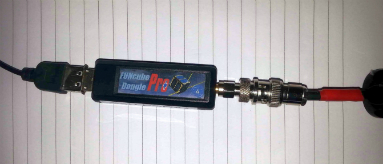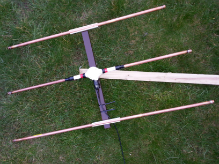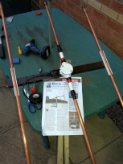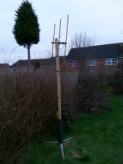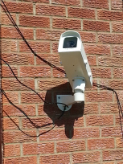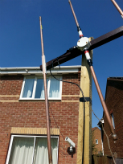Welcome to NEMETODE
Network for Meteor
Triangulation and Orbit Determination
Derek Robson Loughborough, Leicestershire, England |
coming soon ... |
Camera / Lens Combination: Watec 902H / Cosmicar Pentax 6mm f1.2, Az 226.7, Ev 30.5
|
|
Derek Robson has been interested in astronomy from childhood when he saw a satellite-like object moving in the night sky in the 1960’s and wondered what it was. He became interested in black and white film astrophotography with advice from Ron Arbour. He considers himself very lucky to have witnessed the Leonids in 1998 – the return of comet Tempel-Tuttle responsible for the meteors. Derek first started using digital astrophotography with a compact camera in 2004 and from 2015 with a DSLR. In 2017, he received a highly commended prize in the Insight Astronomy Photographer of the Year 2017 competition with an image of the trail of the one-mile wide potentially hazardous asteroid - Near Earth Object (164121) 2003 YT1 near Polaris, which came within 3 million miles of the Earth on 31st October 2016. The image is on display at the Royal Greenwich Observatory. He became interested in video and radio meteor detection after a meeting by the British Astronomical Association’s Meteor Group. In 2017 with excellent help from Chris and Victoria Jackson, Paul Hyde and William Stewart, Derek’s radio system tuned to the GRAVES transmitter located near Dijon in France, started detecting meteors in August 2017. His permanent camera (a Watec 902H2S with a 6mm Cosmicar Pentax f 1.2 lens; Az 226.7°, Ev 30.5°, FOVH 56.9°), supplied and tested by William Stewart, was commissioned in April 2018 and has already captured some beautiful meteors and fireballs. Antenna Receiver |
||
